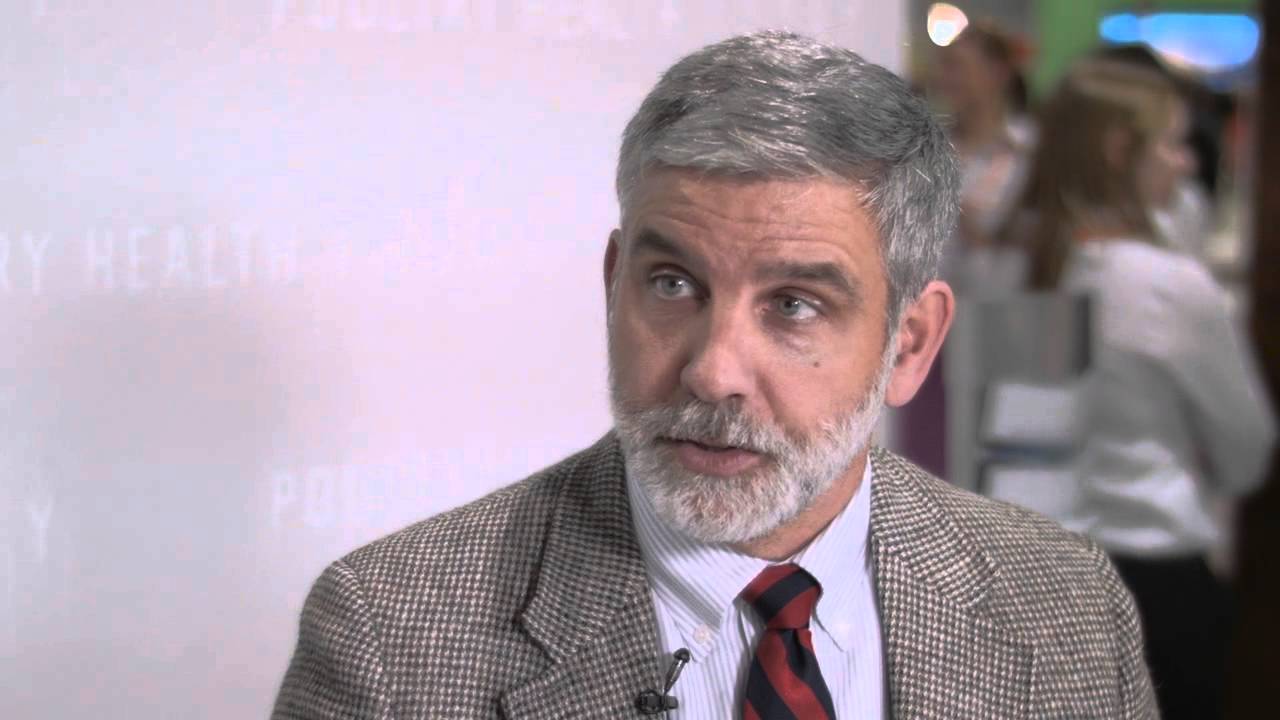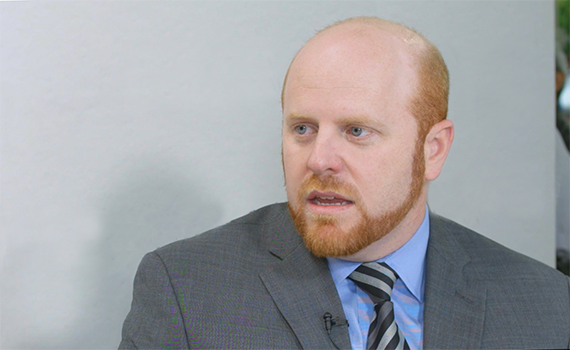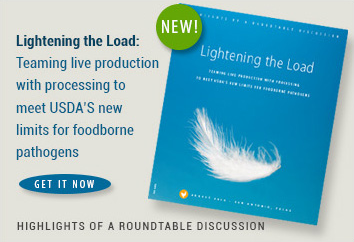The inspector’s here: What to expect from a VFD audit

Part 5 in a series
In an exclusive 90-minute interview with editors from the VFD News Centers and Poultry Health Today, William Flynn, DVM, MS, deputy director for science and policy for FDA’s Center for Veterinary Medicine, clarified some hazy points of the new veterinary feed directive (VFD) regulations that took effect January 1, 2017. In this installment, Flynn discusses VFD audits and what stakeholders can expect from FDA inspectors.
Q: After the dust settles and FDA starts conducting audits to make sure everyone is complying with the rules, what can veterinarians, feed mills and producers expect from an FDA audit? And how should they go about preparing for one?
WF: Whether it’s the veterinarian, producer or a feed distributor or manufacturer, each of those parties has certain obligations under the VFD regulation. We have information available outlining the obligations of each that is available on our website and in brochures for each of these stakeholders.
As far as preparing for what to expect if an FDA inspector shows up at your facility, I think the best recommendation is to be familiar with and understand what your particular obligations are regarding the VFD rules. That’s what they’ll be looking at.
Veterinarians, for example, are responsible for making sure they have provided all the necessary information and the information is accurate. Have you included all the information you need to provide? Are you issuing a VFD in the context of a valid VCPR?
Similarly, for a feed distributor, there are certain pieces of information they need. They should not be filling an order for VFD feed unless they actually have a complete VFD from a veterinarian.
My recommendation would be to make sure you have in hand the things you need — like a complete VFD form — whether you’re the vet, producer or feed mill — and that you’re familiar with the VFD requirements. Then everything should be fine.
Q: If violations are found, does the FDA or do state licensing officials initiate enforcement? How does that work?
WF: Initially, we don’t envision initiating action on anyone immediately, particularly if it’s our first visit and we find problems. Mainly that’s an educational opportunity. Certainly if there are multiple visits where problems are found and on a return visit there’s been no effort made to correct issues, there’s the potential for action to be taken.
It may vary a little bit, but I think the FDA is responsible for the oversight or the implementation of the VFD regulation and would take action relative to violations of that regulation.
In cases that involve the practice of veterinary medicine, state licensing boards would be involved since FDA is not responsible for licensing veterinarians. FDA maintains contact with state licensing boards.
Q: Can you please give an example of when FDA would take action? In what circumstances would the agency step in? And what would it do?
WF: Say a veterinarian gives information that is not accurate and in some way does not comply with the requirements in the VFD regulation. That may be a circumstance where we may need to take some action to make sure the problem is corrected. There are a variety of things we could do. It may start with something like a warning letter and could escalate from there if the issue isn’t corrected.
There may be issues that veer into practice issues and raise the question of whether there is a valid VCPR. Here is where there may be some crossover between FDA and the state licensing board.
If a feed mill isn’t meeting its obligations under the VFD regulation, again, we might take action.
Posted on January 30, 2017
 We’re glad you’re enjoying
We’re glad you’re enjoying










